Passenger transport
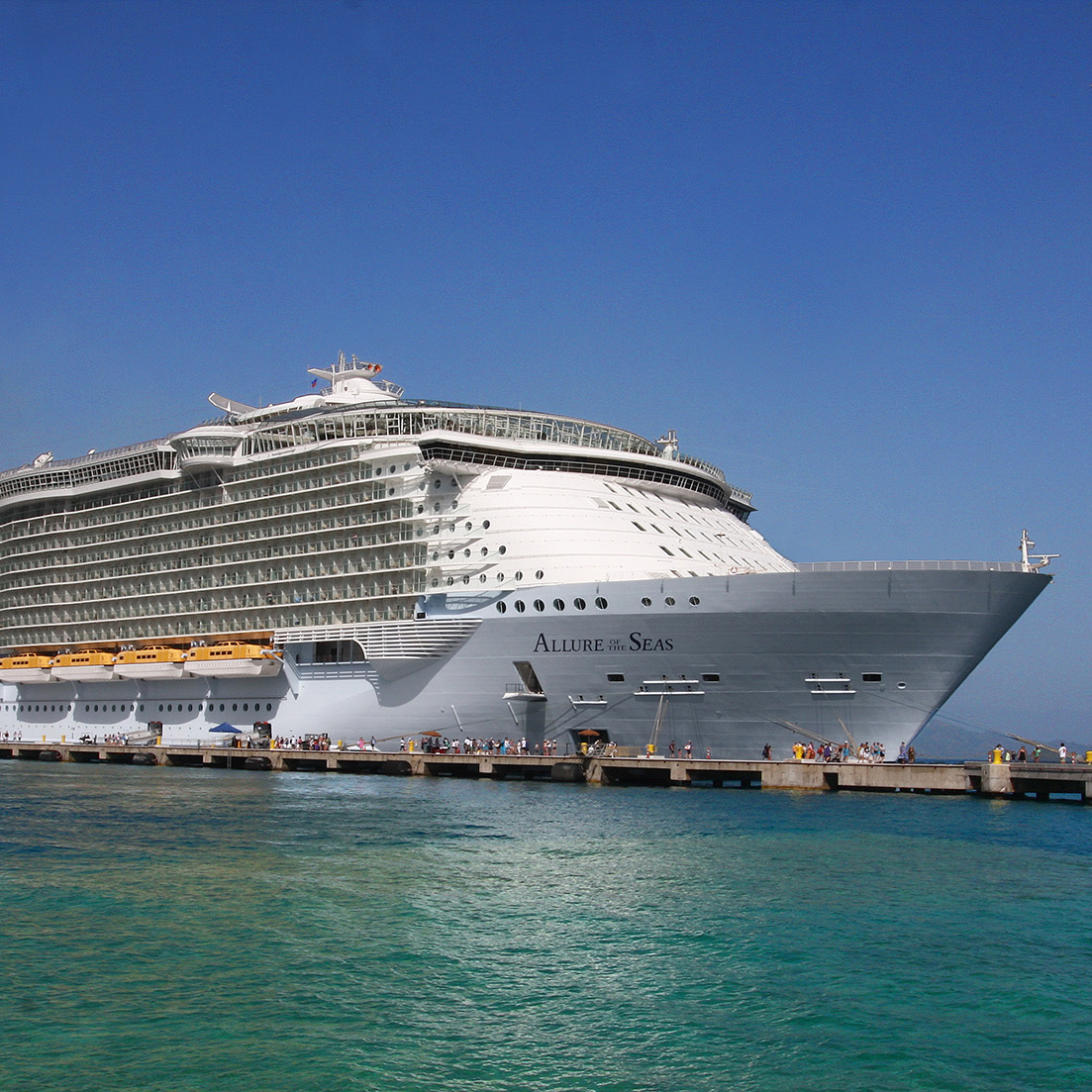
Ensuring safety, security and comfort of both passengers and crew is of utmost importance for the passenger transport industry. Furthermore, the efficiency of navigation can be greatly improved and environmental impact reduced. Offshore Monitoring develops monitoring and sensor solutions to aid in search and rescue operations, to reduce the various risks of collision and to improve sail planning efficiency.
Below you will find an overview of monitoring systems and applications developed by Offshore Monitoring for passenger transport.
Search and rescue operations
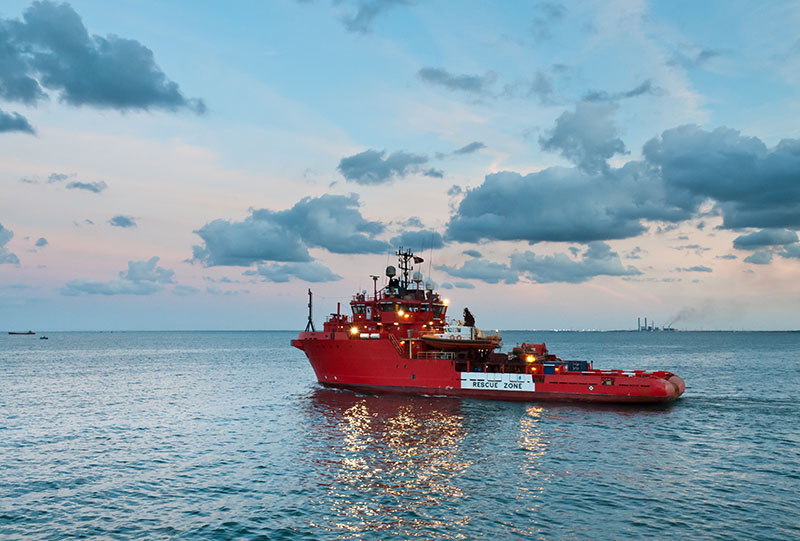
Any major disaster initiates search and rescue operations with the goal to detect and localise humans in the ocean surface layer, in order to save their lives.
A surveillance system like Ladar can help to detect humans in the ocean surface layer in a greatly reduced amount of time. And time is crucial — it can decide between life and death.
With aid of the multi-sensor networked APS-NET solution, there are several types of sensors that detect, characterise and track any type of object going overboard, passengers in particular. By attaching specific tags to life vests, surveillance suits, passenger wristbands, key cards and more, the location of persons can be easily determined with APS-NET. The system instantaneously detects when a person is falling overboard and automatically alarms the crew.
Passenger and crew comfort
Sail plans can be optimised with SpaceNav to avoid irregular waves and thereby unpleasant journeys for passengers (and crew). This especially holds for cruise ships, where passenger comfort, well-being and safety are important.
Detection of floating debris
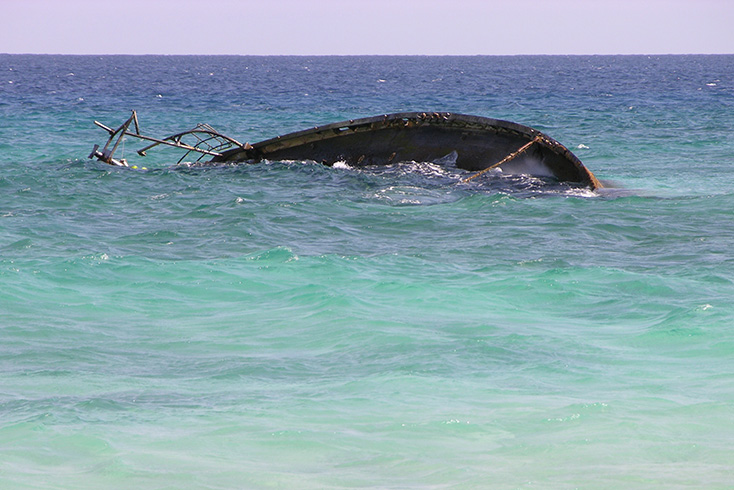
Floating debris like containers, miss-located navigation marks and drifting fishing equipment along the main sailing routes causes a significant financial loss due to unexpected repairs (mostly yard repairs), stop or delay in operation or excessive fuel costs (for instance, by towing a fishing net across the Atlantic).
For example, at any given time there are up to 10.000 containers floating along these highways of the seas. These containers are lost by ships and occasionally hit by more than one vessel before they sink (as it has been the case in the English Channel). Moreover, containers tend to float just under the surface for a considerable period of time (up to 3 months before they sink) and can therefore not be detected by the human eye or a radar system.
The Ladar system can detect floating debris and other objects by continuously scanning the ocean surface layer, both for objects on the surface as well as objects below the surface.
APS-NET provides a high-resolution surveillance overview of objects at near distance. A variety of observations are made, including vessels, markers, floating ice, wave characteristics and oil spill observations. The system complements normal navigation radar, which has much less resolution and sensitivity but a longer range.
High-precision docking aid
Vessels equipped with APS-NET benefit from a precise docking aid through high-resolution observations of the docking area. It supports dynamic positioning without the need to locate reflectors on adjacent objects.
Prevention of groundings and collisions
The extent of sailable waters of the world is constantly increasing and includes waters that are poorly charted (i.e. Arctic, Antarctica, North West and North East Passage). In addition to the charts being far from correct, the ice in these areas and shoals in coastal areas (that vary over time both in size and location) are other challenges for master navigators to handle. A real-time monitoring system like Ladar continuously gathers bathymetric information of shoals and ice (both floating and permanent), which makes it possible to prevent groundings effectively.
The Ladar system also allows for continuous monitoring of underwater objects, for example bathymetry, sea floor, or objects dropped on the sea floor in the docking area. It can detect floating debris (containers, fishing nets, sea ice, etc) that otherwise is not visible in radar systems.
Sail planning
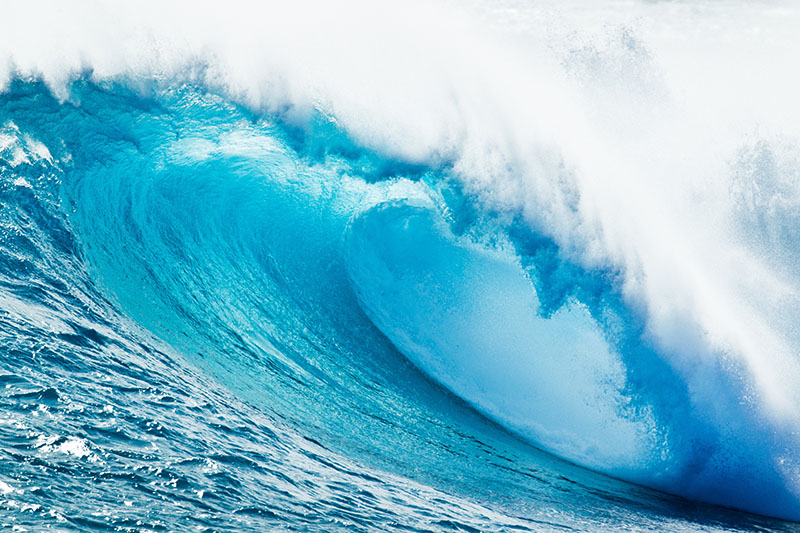
Sail planning for fuel and emission reduction, improved sailing time and the reduction of maintenance costs depends on accurate observational input to a sail plan model. The most crucial observational parameter for these models is ocean wave information, preferably ocean wave spectra. The high-value shipping today has very few means to accurately observe the ocean waves properties (height, propagation speed and direction). Mostly they are using the traditional means of human assessment that is reported in the logbook, which is prone to errors and inefficient in terms of the time spent.
A system like Ladar or APS-NET makes it possible to monitor ocean waves and retrieves all relevant wave information that is required for sail plan models as well as passenger comfort. Infrequent larger waves can be detected at a distance allowing the vessel to change speed and/or heading to reduce impact.
Fuel and emission reduction
Fuel prices for maritime transport are now from 20% up to 60% of total operational vessel costs in yearly averages, but with very significant and unpredictable variations that can cause severe financial impacts to the industry.
SpaceNav is achieving a significant fuel reduction in the operation of a ship due to the improved and accurate sail plans that are updated in real time. In effect, a virtual ship-specific IT centre continuously calculates the optimal sail heading and speed for each ship, based on the most up-to-date Earth observation data and numerous numerical models. Similarly, the emission of CO2 and other pollutants (such as sulphur dioxides, nitrogen oxides and fine particulate matter) can be reduced, resulting in less pollution along major trade routes and coastal areas. In particular, it allows the ship operator to become aware of the actual ship pollution and thereby provides means to comply with environmental regulations at any given geographical location.
Furthermore, SpaceNav makes it possible to optimise the sail plan according to operational requirements, such as port slot times, channel passing slots (Suez or Panama channel) and tide schedules (for instance, a VLCC needs high tide to enter and leave the port of Rotterdam). Traditionally, sea masters give a 10% time margin over the journey to ensure a timely arrival at their destination due to various risks, in particular uncertainty in the weather forecasts and sea state conditions. This causes large overheads as typically the ship operates at proportionally higher speed during the first hours and low speed during the last hours of a journey. With a more accurate sail plan based on real-time weather and sea state observations, time margins and fuel cost can be greatly reduced.
The Ladar and APS-NET systems monitor ocean waves, currents and winds that further improve sail plan models.
Detection of sea mammals

Ship striking of mammals (such as whales) happens more frequently nowadays as the ship traffic density increases. As a consequence, some countries now enforce ships to sail at cruising speeds lower than normal in the belief that this would reduce the frequency of mammal striking. Just recently these restrictions have been expanded to cover larger geographical areas and the number and amount of speed violation fines have increased. Speed reductions have (economical) impacts on the shipping companies but also the negative publishing of the many striking events, particularly for the cruise industry.
With Ladar as a surveillance system, mammals can be detected and tracked in a sufficient distance, such that an average-sized vessel will be able to avoid striking mammals at normal cruising speeds (about 20 knots). This application will be promoted to respective authorities with the goal to allow ships that are equipped with a Ladar system to operate at unrestricted cruising speeds.
Asset preservation and maintenance
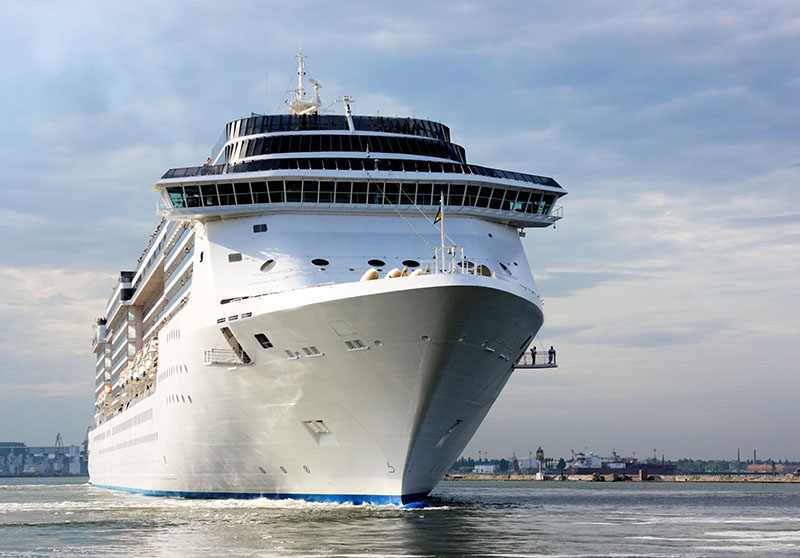
The life expectancy of commercial ships depends to a large extent on the stress the ship (and especially the hull of the ship) is experiencing at sea. Commercial ships are designed for a life expectancy of around 30 years. This can only be achieved with extensive maintenance of the hull according to the stress it encounters. Due to the fact that it is unknown today what the actual encountered stress of the ship is, maintenance cycles are based on regular intervals disregarding the actual need for maintenance. This can lead to serious safety/fatigue issues. On the other hand, with the appropriate observational data and fatigue models, maintenance cycles can be significantly optimised with SpaceNav to an 'as needed basis'. Furthermore, an explicit reduction of the exposure to heavy sea can significantly extend the life expectancy of the ship asset.

